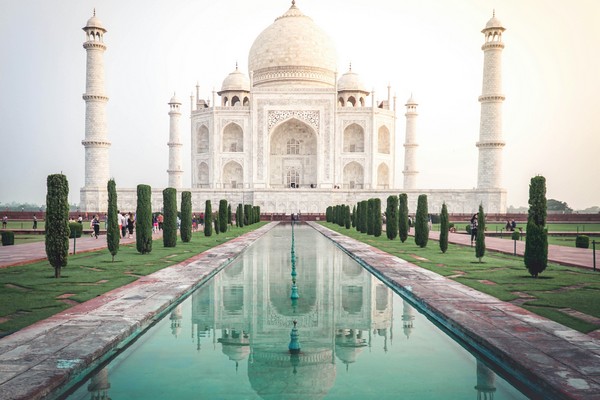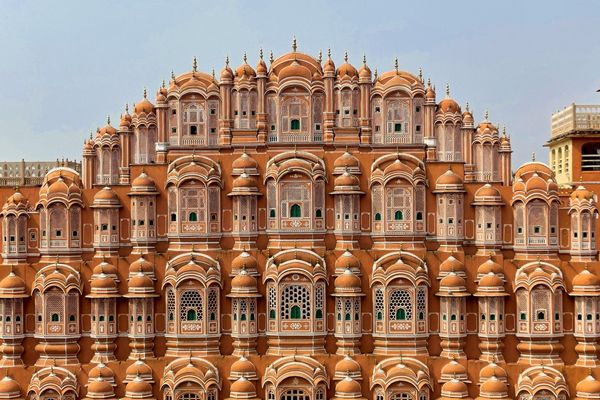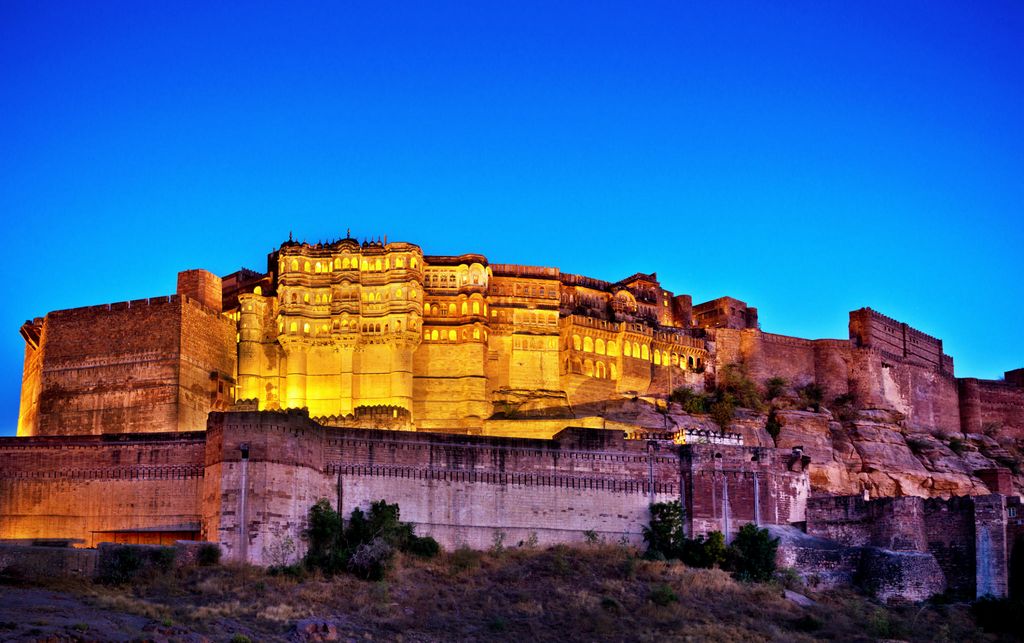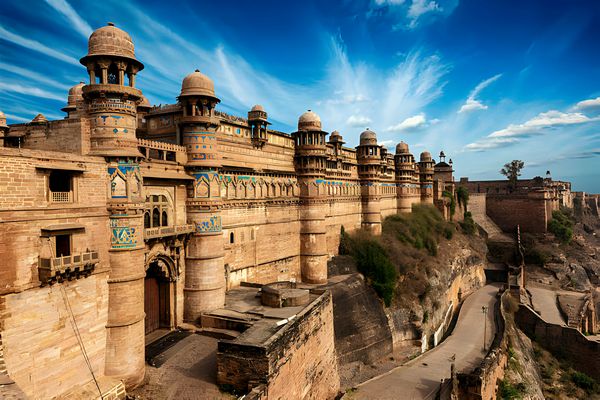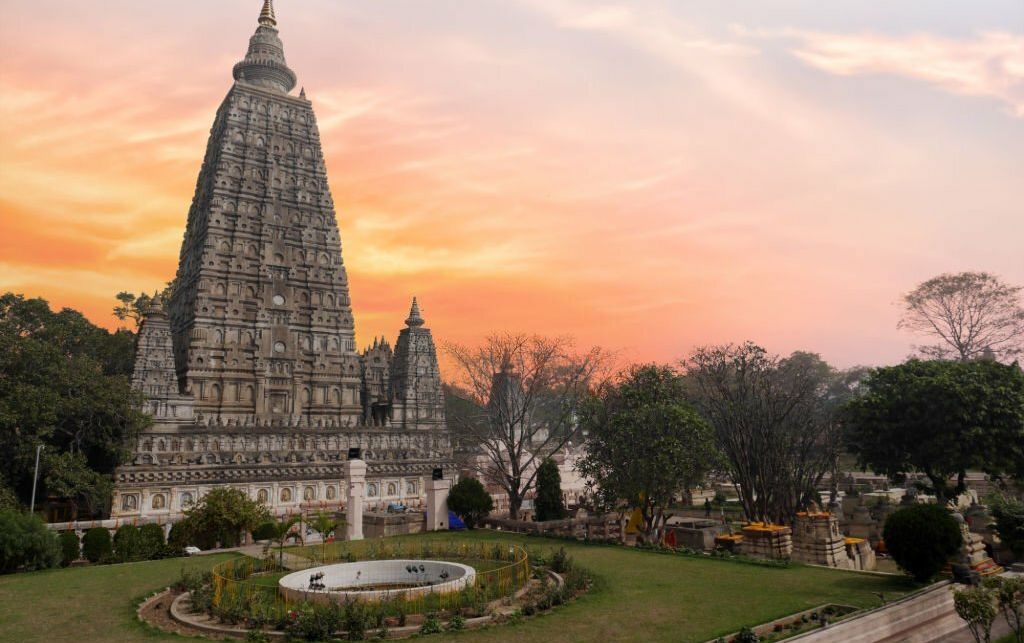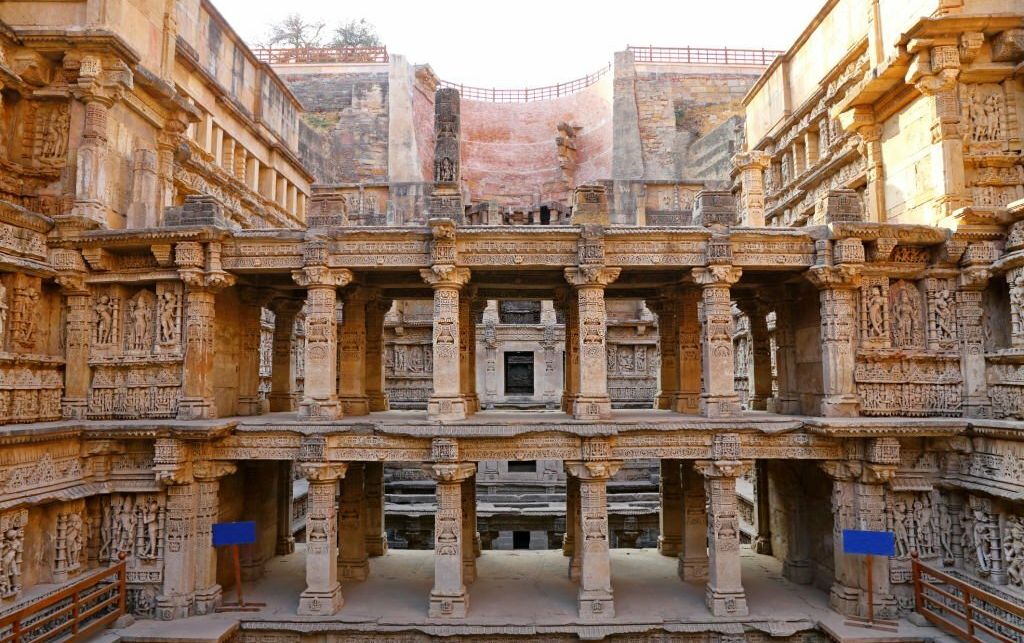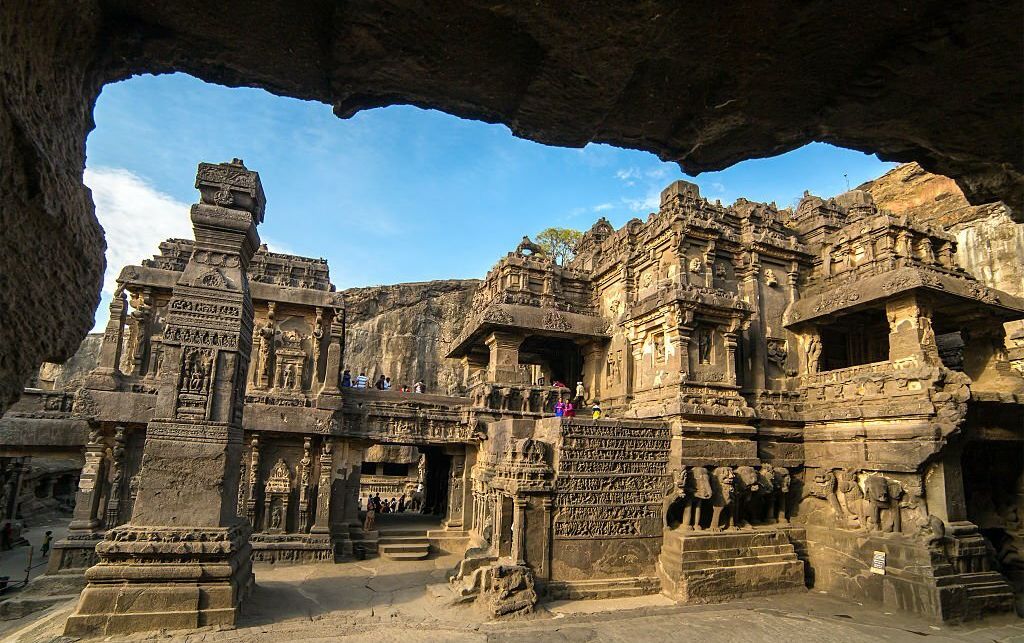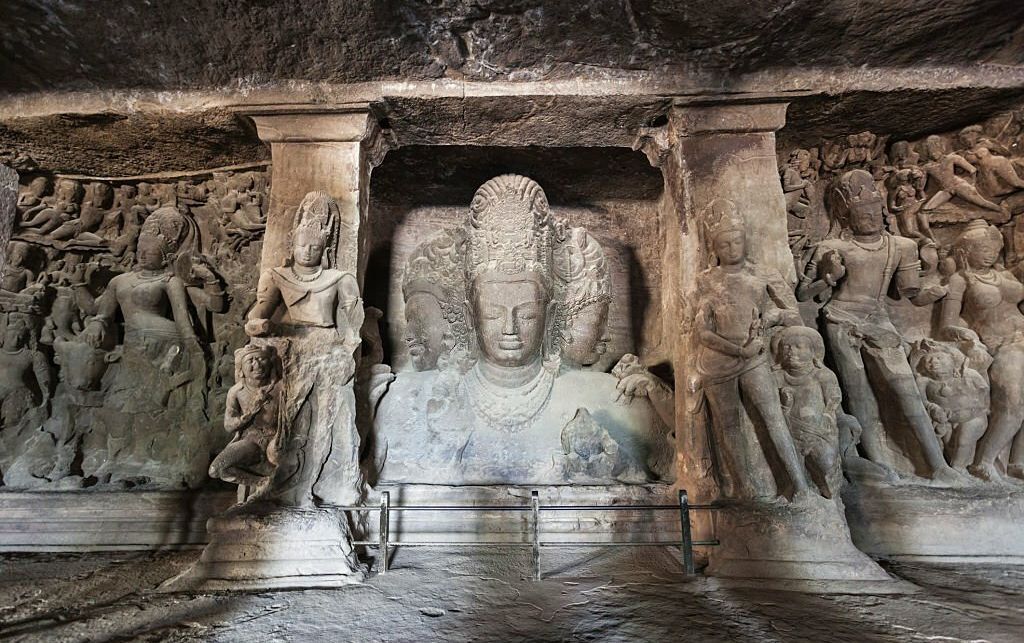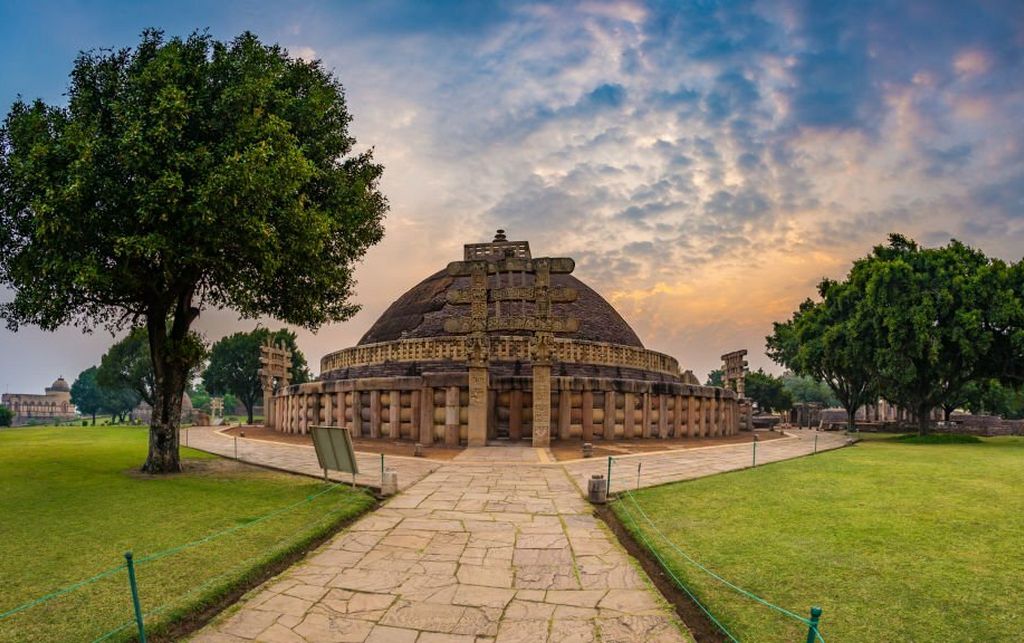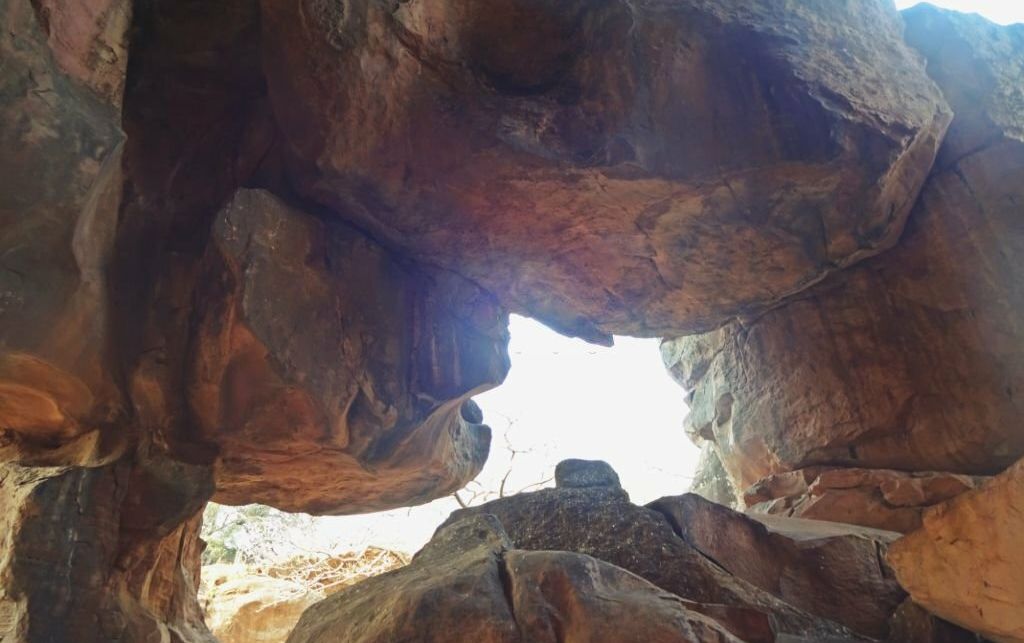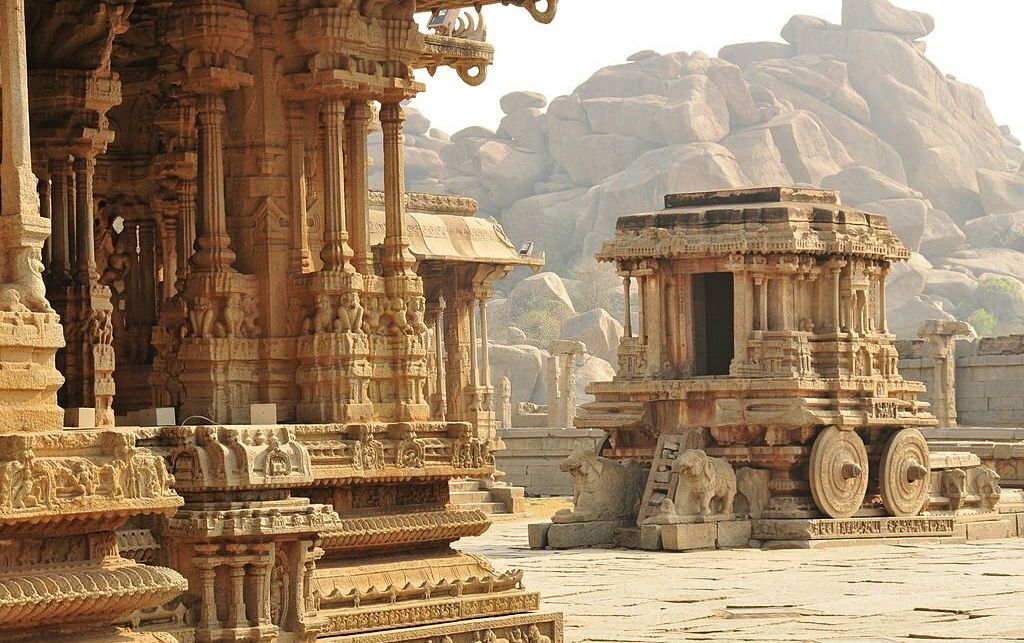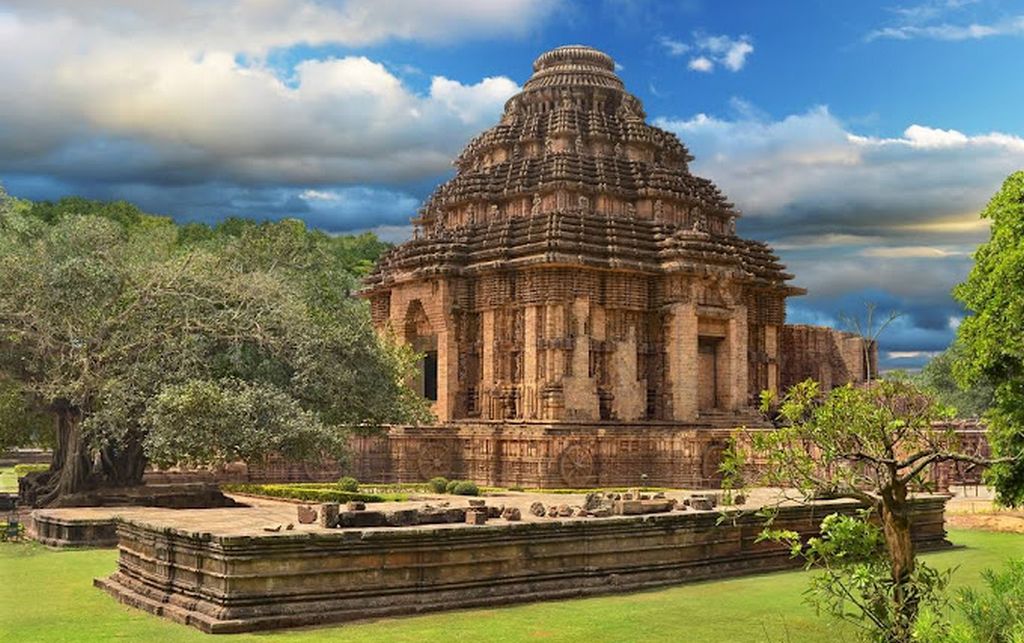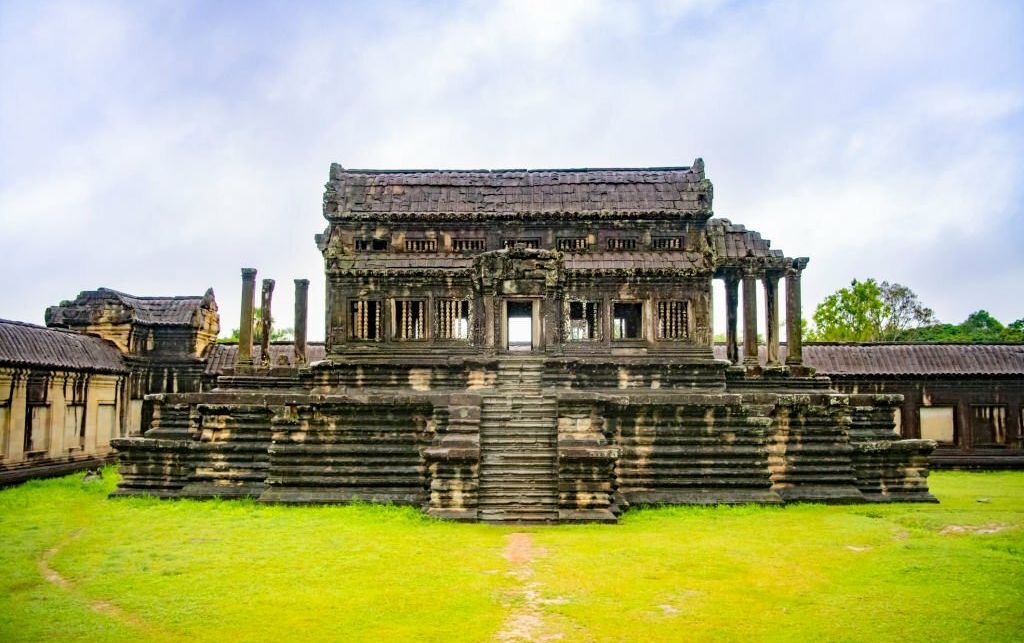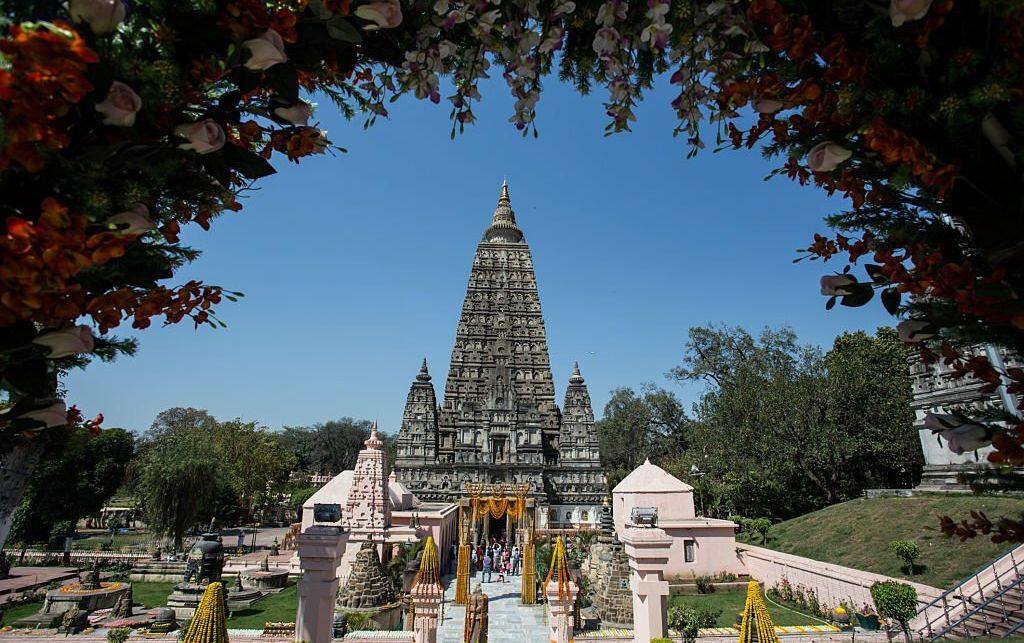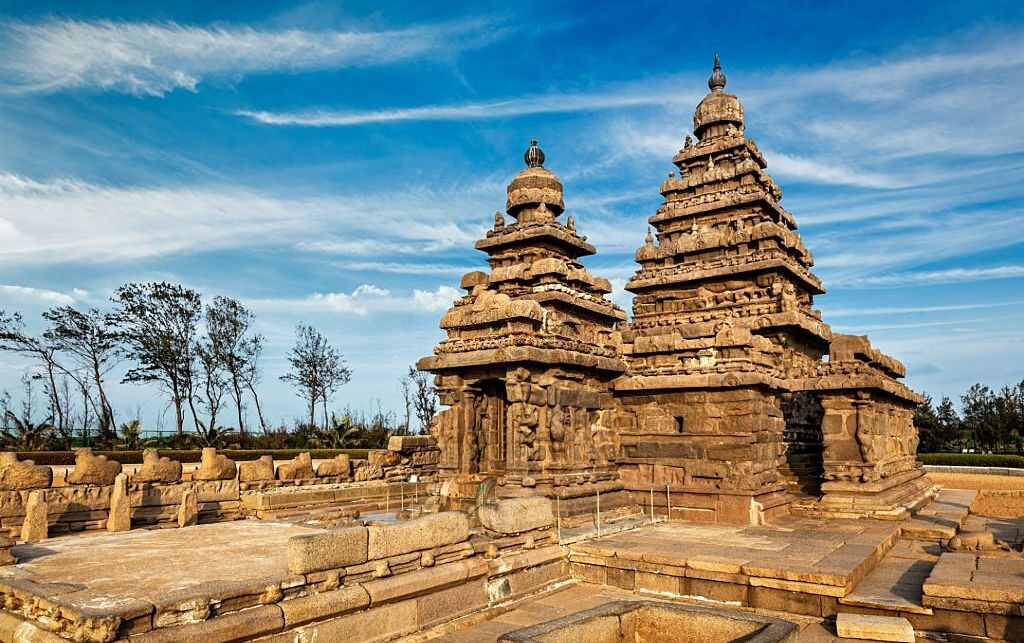India is a country blessed with a rich cultural and historical heritage, and it’s not just the famous sites that are worth exploring. There are several lesser-known UNESCO World Heritage Sites that are hidden gems, waiting to be discovered by avid travelers. Here are 10 lesser-known UNESCO World Heritage Sites in India that deserve your attention:
1. Rani-ki-Vav, Gujrat
Rani ki Vav, a UNESCO World Heritage Site since 2014, is a magnificent stepwell situated in Patan, Gujarat, along the Sarasvati River. Dating back to the 11th century, this subterranean marvel served as a crucial water source and a refuge from the region’s intense heat. Its distinctive feature lies in its intricate carvings, showcasing exceptional craftsmanship and attention to detail. The stepwell’s symmetrical layout, combined with sculptures of deities and mythological figures, creates a mesmerizing visual spectacle. Rani ki Vav served not only utilitarian purposes but also held cultural and religious significance, reflecting ancient civilizations’ deep reverence for water. This architectural wonder, with its seven levels of stairs adorned with over 500 principal sculptures and numerous minor ones, seamlessly blends religious and secular imagery. The well’s deepest level leads to a rectangular tank at a depth of 23 meters. Rani ki Vav stands as a testament to the craftsmen’s mastery, offering visitors a profound glimpse into India’s rich heritage through its grandeur and artistic splendor.
2. Ajanta & Ellora Caves, Aurangabad
The Ajanta and Ellora Caves, located near Aurangabad in Maharashtra, are declared as a UNESCO World Heritage Site in the year 1983, encapsulates the essence of India’s ancient art and culture. Dating back to the 2nd and 1st centuries BCE, these rock-cut caves are masterpieces of architectural brilliance and artistic finesse. Ajanta Caves, primarily Buddhist, feature exquisite frescoes and sculptures that narrate stories from the Jataka tales and depict the life of Buddha. On the other hand, Ellora Caves comprise 34 monasteries and temples intricately carved into a high basalt cliff, stretching over two kilometers. These remarkable structures, seamlessly blending elements of Buddhism, Hinduism, and Jainism, showcase the artistic brilliance of ancient craftsmen. One of the most awe-inspiring creations within Ellora is the Kailasa Temple, a monolithic marvel that stands as a testament to human ingenuity. Carved out of solid rock, these caves showcase the sheer dedication and craftsmanship of the ancient artisans. Visiting Ajanta and Ellora is akin to stepping into a living museum, where the walls whisper tales of ancient civilizations, making it a must-visit destination for history enthusiasts and art lovers, offering a glimpse into India’s rich historical and cultural heritage.
3. Elephanta Caves, Mumbai
The Elephanta Caves, designated as a UNESCO World Heritage Site in the year 1987, stand as a remarkable testament to India’s rich cultural and religious heritage. Situated on Elephanta Island, a short ferry ride away from Mumbai in the sea of Oman, these ancient rock-cut caves date back to the 5th to 6th centuries. The caves are renowned for their extraordinary sculptures, intricately carved out of solid rock, depicting various forms of Lord Shiva, a Hindu god, and divine narratives. The main cave, dedicated to Lord Shiva, is a grandeur of artistic brilliance, featuring a colossal trimurti sculpture that represents the three aspects of Shiva – creator, preserver, and destroyer. As visitors explore the labyrinthine pathways and chambers, they are transported back in time, enveloped in an aura of spirituality and historical significance. The Elephanta Caves serve not just as a cultural marvel but also as a pilgrimage site, drawing art enthusiasts, history buffs, and devotees alike, making it a must-visit destination for anyone seeking to delve into India’s ancient religious and artistic heritage.
4. Sanchi Stupa
Sanchi Stupa, was declared a UNESCO World Heritage Site in the year 1989. The Stupa is located in the heart of India in Madhya Pradesh, stands as an iconic symbol of Buddhist architecture and spirituality. Dating back to the 2nd and 1st century BCE, this ancient site represents one of the oldest and most well-preserved stupas in the world. Commissioned by Emperor Ashoka, the stupa serves as a significant pilgrimage site for Buddhists. The magnificent dome-shaped structure is adorned with intricately carved gateways or toranas, depicting scenes from the life of Buddha, his previous incarnations, and various mythological narratives. The serene atmosphere and the historical aura of Sanchi Stupa create a profound sense of reverence and awe among visitors. Surrounded by lush greenery and overlooking the picturesque landscapes, this sacred site continues to inspire spiritual seekers and history enthusiasts alike, offering a unique glimpse into India’s rich Buddhist heritage.
5. Bhimbetka Rock Shelter
Bhimbetka Rock Shelters was declared a UNESCO World Heritage Site in 2003. The site is located in the heart of India, near Bhopal in Madhya Pradesh, offer a captivating glimpse into the ancient human civilization. Dating back to the Mesolithic era, these rock shelters served as shelters for early humans, providing refuge and a canvas for their artistic expressions. The site is renowned for its extensive collection of rock paintings, depicting scenes from daily life, rituals, hunting expeditions, and dances. These vibrant paintings, created by our ancestors over thousands of years, showcase the evolution of human culture and creativity. Exploring Bhimbetka is like traversing a time capsule, where the walls whisper stories of our ancient heritage. The site not only offers a unique archaeological experience but also stands as a testament to the artistic ingenuity and resilience of early human communities, making it a significant destination for history enthusiasts and anyone interested in the roots of human civilization.
6. Hampi, Karnataka
Hampi, nestled in the rocky terrain of Karnataka, is a UNESCO World Heritage Site that was declared in 1986 and it stands as a poignant reminder of India’s glorious past. The ruins of this ancient Vijayanagara Empire capital sprawl across a surreal landscape, offering a mesmerizing blend of history, architecture, and natural beauty. Dating back to the 14th century, Hampi boasts of magnificent temples, royal structures, and vibrant marketplaces, each stone narrating stories of a once-thriving empire. The iconic Virupaksha Temple, the impressive Vittala Temple with its musical pillars, and the awe-inspiring stone chariot are just a few of the architectural marvels that adorn this site. Beyond the historical splendor, Hampi’s landscape is adorned with picturesque boulders, serene rivers, and lush banana plantations, creating an enchanting atmosphere that captivates every visitor. Hampi’s charm lies not just in its ancient ruins but also in the sense of timelessness it imparts, making it a must-visit destination for history enthusiasts, architecture lovers, and nature seekers alike.
7. Konark Sun Temple
The Konark Sun Temple, a UNESCO World Heritage Site located on the eastern coast of India in Odisha, stands as a magnificent testament to ancient Indian architecture and astronomy. Built in the 13th century by King Narasimhadeva I, this temple is dedicated to the Sun God and is designed in the shape of a colossal chariot with intricately carved wheels, horses, and mythical creatures. its 24 wheels are decorated with symbolic designs and it is led by a team of six horses. it is one of India’s most famous Brahman sanctuaries. The temple’s architecture is not just a display of artistic brilliance but also serves as a celestial observatory, with its alignment allowing precise measurements of time based on the sun’s position. The detailed carvings depict various aspects of life, mythology, and intricate dance poses, showcasing the artistic mastery of the craftsmen of that era. Despite the ravages of time and nature, the temple remains a symbol of India’s rich cultural heritage and architectural ingenuity, drawing visitors from around the world who marvel at its grandeur and historical significance.
8. Great Living Chola Temple
The Great Living Chola Temples, a UNESCO World Heritage Site in Tamil Nadu, India, it was declared in 1987 and represent an extraordinary testament to the architectural and cultural prowess of the Chola dynasty. Comprising three magnificent temples – the Brihadisvara Temple in Thanjavur, the Brihadisvara Temple in Gangaikonda Cholapuram, and the Airavateshvara Temple in Darasuram – these sites are renowned for their remarkable Dravidian architecture, intricate carvings, and spiritual significance. The Brihadisvara Temple in Thanjavur, built by Rajaraja I in the 11th century, boasts a towering vimana and a massive monolithic lingam, symbolizing Lord Shiva’s cosmic dance. The Gangaikonda Cholapuram temple, constructed by Rajendra I, reflects the Chola Empire’s military might and religious devotion. The Airavateshvara Temple in Darasuram, dedicated to Lord Shiva, stands out for its intricate sculptures and intricate design. These temples not only serve as religious landmarks but also as living examples of India’s rich cultural heritage, drawing visitors worldwide with their architectural splendor and historical significance.
9. Mahabodhi Temple, Bodh Gaya
The Mahabodhi Temple, located in Bodh Gaya, Bihar, is a UNESCO World Heritage Site notified in 2002 and is of immense historical and spiritual significance. It marks the very spot where Siddhartha Gautama, the Buddha, attained enlightenment under the Bodhi tree over 2,500 years ago. The temple, originally built by Emperor Ashoka in the 3rd century BCE and later renovated during various periods, stands as a serene and powerful symbol of Buddhism. Its architecture, displaying a blend of Indian, Burmese, Chinese, and other styles, is a testament to the cultural diversity influenced by Buddhism. The sacred Mahabodhi tree, believed to be a descendant of the original Bodhi tree, still graces the temple complex. Pilgrims and tourists from around the world visit this site to meditate, offer prayers, and absorb the tranquil ambiance, making it not just a historical marvel but also a living center of spirituality, peace, and enlightenment.
10. Mahabalipuram, Tamil Nadu
Mahabalipuram, a UNESCO World Heritage Site in the state of Tamil Nadu was notified in the year 1984, is a mesmerizing coastal town renowned for its spectacular rock-cut temples and intricate sculptures. Dating back to the 7th and 8th centuries, the monuments of Mahabalipuram stand as extraordinary examples of Pallava dynasty architecture and artistry. The Shore Temple, overlooking the Bay of Bengal, is a remarkable structure dedicated to Lord Shiva and Vishnu and is known for its stunning silhouette against the sunset. The town is also famous for its intricately carved monolithic rock-cut temples like the Pancha Rathas, each representing a chariot carved from a single piece of stone. The exquisite bas-relief known as “Arjuna’s Penance” and the “Descent of the Ganges,” depicting various mythological narratives, are awe-inspiring. Mahabalipuram’s artistic treasures and its unique coastal setting make it a must-visit destination for history enthusiasts, art lovers, and those seeking the beauty of ancient Indian heritage against the backdrop of the sea.
These lesser-known UNESCO World Heritage Sites offer a chance to explore India’s cultural, historical, and natural heritage in a more intimate and off-the-beaten-path manner. Each site has a unique story to tell, making them a must-visit for travelers seeking authentic experiences.

